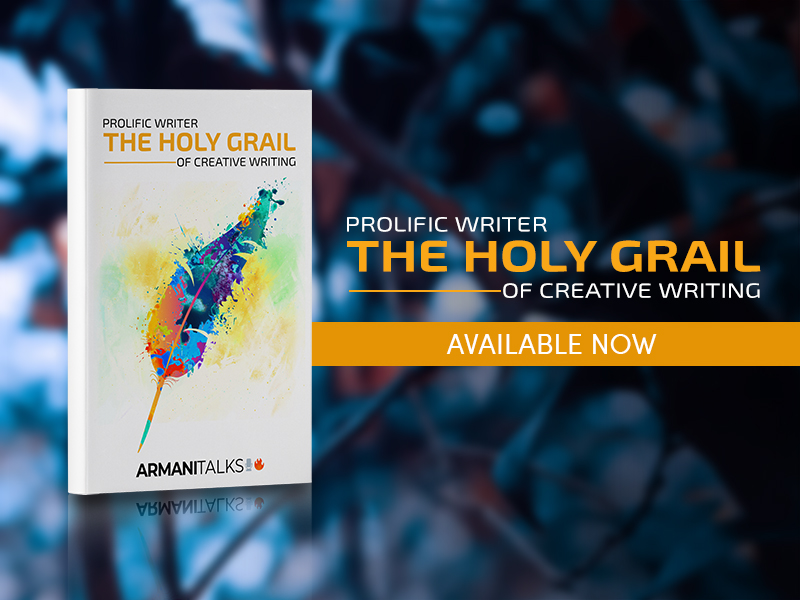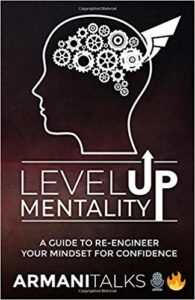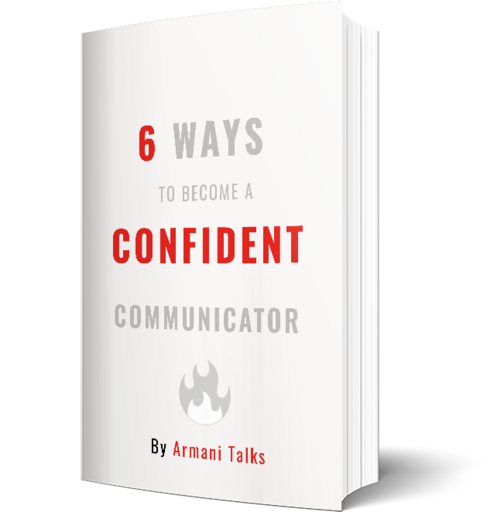The Art of Creating the Perfect Story Conflict
The human brain loves storytelling.
So much to a point where it starts perceiving the story as REAL.
It’s been stated that the subconscious mind has no clue when we are visualizing.
This means that it is unable to tell the difference between an act that happened vs one that is imagined.
This is great information for any upcoming storyteller.
That’s because you are able to hook someone’s mind.
Once you hook someone’s mind, what next?
If you are a storyteller without a semblance of frameworks, you will fold under the pressure.
Sad!
But if you are a storyteller with SOME frameworks, you will thrive.
You see…us humans are born storytellers.
We even dream in stories.
Therefore, we don’t need to make it complicated.
The most powerful element of a story is the conflict.
It’s the tension that allows you to keep the mind HOOKED.
And today, you are going to learn what the conflict is & how to engineer it so you can leverage it for your stories.
Let’s start.
The Basic Elements of a Story
There are 3 elements that make a story:
- Character/s
- Conflict
- Lesson
These 3 elements are all you need.
When you break it down, all your favorite stories have these elements.
You can mix & match them to make something much more complex.
But at the core of it all, it’s the character, conflict & lesson.
The reason a story is powerful is because our mind LOVES causation.
‘Causation?’
Yes, cause and effects.
-Cause is what sparks the action.
-Effect is the byproduct of the cause.
Example: Because of Peter going down this road, he ended up going on the adventure of a lifetime.
Cause: Peter going down the road.
Effect: Going on an adventure of a lifetime.
This is a basic example.
But that’s what stories are.
A series of ideas.
A series of cause and effects.
Now that we understand the basic elements, let’s talk about one of the most important parts…
Level up your communication skills with practical tips, stories & insights.
7 pm EST Daily.
Public Speaking | Social Skills | Storytelling | Emotional Intelligence | Creativity
Why Conflict is King
Character/s are important, don’t get me wrong.
The character/s allow our audience a person or group to connect with.
The lesson is highly important too.
But let’s be real…
There is no lesson without the CONFLICT.
Yep, conflict is what keeps the audience members hooked.
That’s because humans are curious creatures.
Once you introduce a conflict, they want to know what happens to close the conflict.
The Law of Closure is the human’s tendency to complete a shape to make sense of the whole.
When you OPEN a gap, the human mind wants to CLOSE the gap.
Due to curiosity & the Law of Closure, conflict is the cream to the Oreo.
The conflict adds depth to our story.
It sets up the narrative to give the audience members a key lesson.
Because that’s all stories are at the end of the day.
A narrative that leads to a profound life lesson.
Types of Conflicts
We don’t want to get too complicated with the conflicts.
We want to keep it simple & build up from there.
Got it?
‘Yessir.’
There are 2 main types of conflicts
- Internal
- External
You can build your story around one conflict type or use both.
Let’s go thru each.
Internal
Internal conflict is something that is happening in the character’s internal world.
Any emotional turmoil or life problem that is causing a conflict in the character’s self-image.
Let’s say the character suffers from a confidence issue.
He wants to change that by making a major life change.
That’s a conflict that sets the story in motion.
Karate Kid is a good example of a movie where the main character struggled with self-esteem due to bullies.
This ultimately led him onto his journey to connect with a master & do something about his conflict.
That’s where the story is born.
External
An external conflict is something that is happening outside of the character’s internal world.
An alien invasion, natural disasters, untimely deaths of family, etc.
A great example of an external conflict is the movie Twister.
In that movie, tornadoes are ravaging a set location.
This causes the main characters to be pulled into action.
And from there, the story is set in motion.
A Combination of Internal & External
A lot of movies are a blend of internal and external conflicts.
The main character has a rough pull in their internal world & is getting hammered in the external world with conflicts.
A brilliant example is The Pursuit of Happiness with Will Smith.
The character is a bright individual who is struggling with money.
And not only is he suffering internally, but he also has his wife leave him, the landlord evicts him…all while he needs to take care of his child.
This is an internal & external pull.
A combination of the 2 conflict styles makes for a memorable movie.
Which Conflict is Right for You?
You don’t want to overdo the thinking part for choosing the conflict style.
Instead, just analyze the general theme of your story.
What is your story about?
Try to explain what the story is about in one sentence.
If you can do that, you’ll notice the conflicts are presenting itself.
The conflict may be very blurry, and that is fine.
Storytelling creation is a journey of going from blurry -> clear.
Try telling the story in 1 minute if you can.
This will help you further evaluate the type of conflict you have.
You’ll be able to get a rough idea of whether you have an internal, external, or a combinational conflict.
This conflict can evolve the more you practice & finetune your story.
The more you burn off the deadwood by chopping of excessive or unnecessary details, the more you’ll see the conflict that the character’s face.
Practice Makes Perfect
Take some time to practice building a story for yourself.
You’ll notice the power of a conflict when you CREATE stories.
Also, take some time to spot the moment when a conflict is being introduced in your favorite tv show or movies.
Priming your mind to look out for these details gets you to think like a storyteller.
Remember, from 3 simple elements, magic is created.
Character/s, conflict & lesson.
If you can understand those 3 elements, you will be able to mix & match according to your own life experiences & creativity.
The sky is the limit with storytelling.
No rules.
Have fun & keep building more stories.
That’s how we get better.
If you want more practical communication insights, subscribe to my free daily newsletter.
– ArmaniTalks 






